Hokkaido has a lot of delicious local cuisine that makes use of attractive ingredients, from fresh seafood to tasty meat and freshly picked vegetables! It’s so hard to decide what to eat.
This time, we will introduce the local gourmet foods recommended by people living in Hokkaido in a ranking format. If you are about to or you are already visiting Hokkaido, be sure to try them out!
Table of Contents
1st place: Genghis Khan
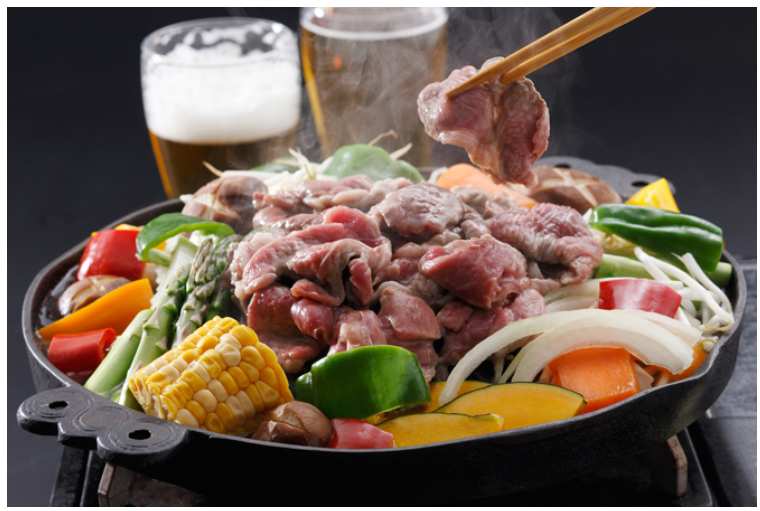
Grilled lamb and vegetables together – a soul food of Hokkaido residents
“Genghis Khan” is a local Hokkaido dish in which lamb and your choice of vegetables are grilled together in a “Genghis Khan pot” that rises like a mountain in the center.
There are two main types of lamb used in “Genghis Khan”: lamb, which is tender and has no particular flavor, and mutton, which is made from mature sheep and has the original flavor of lamb.
Also, the sauce, which varies depending on the restaurant or household, can be applied after cooking or marinated in advance. There are no particular rules for vegetables, and they can be a variety of types, including onions, green peppers, corn, and pumpkin.
Udon or ramen is often served as the final course, allowing you to savor the delicious noodles that have been mixed with meat juice and sauce.
2nd place: Sapporo Ramen
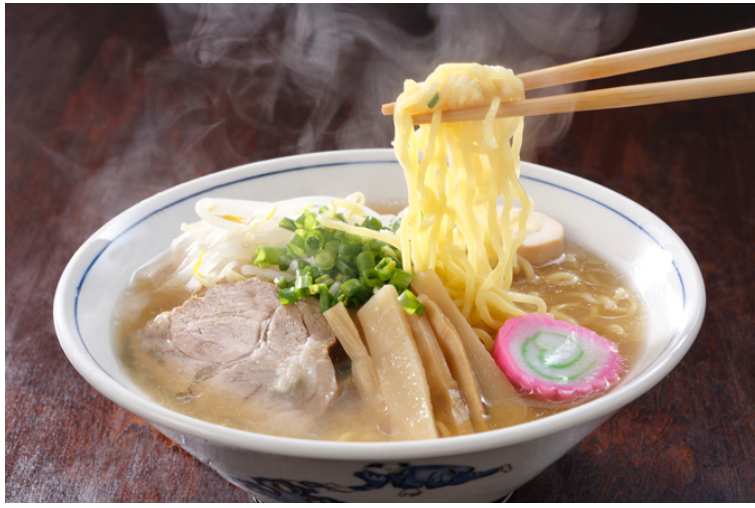
The rich miso soup and medium-thick curly noodles are its specialties.
Miso ramen first appeared in Sapporo about 70 years ago. It is said that it began when a ramen shop in Sapporo took inspiration from miso soup and, after much experimentation, created “miso ramen.”
The ingredients vary depending on the restaurant, but the most common are plenty of stir-fried vegetables such as onions, bean sprouts, and cabbage so that one bowl is satisfying. Medium-thick curly noodles are also the standard style, as they mix well with the rich soup.
3rd place: Zangi
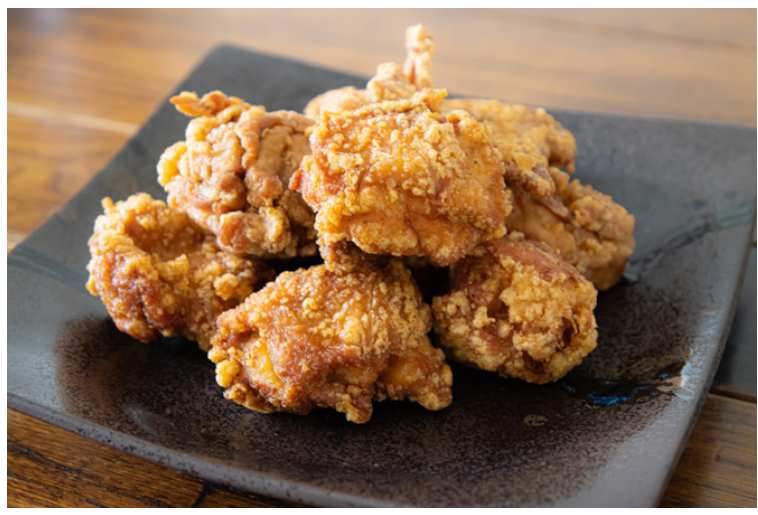
An essential dish for rice or as a drink accompaniment
It is one of Hokkaido’s representative soul foods, and is served not only at the dinner table but also at various restaurants.
There are various definitions of “zangi,” but it generally refers to ingredients that have been seasoned with soy sauce and garlic, coated in flour or potato starch, and deep-fried. It is not uncommon to see them made with not only chicken but also salmon or octopus, and they are called “salmon zangi” or “octopus zangi.”
There are many theories about the origins and etymology of the dish, including that it originated in Kushiro or Hakodate, but the most likely theory is that it was first served at a restaurant called Torimatsu in Suehiro, Kushiro, around 1960.
Nowadays, not only soy sauce flavor but also salt flavor has become popular, and “Zantare” from Kushiro, which is a sweet and spicy sauce, is also attracting attention.
4th place: Soup curry
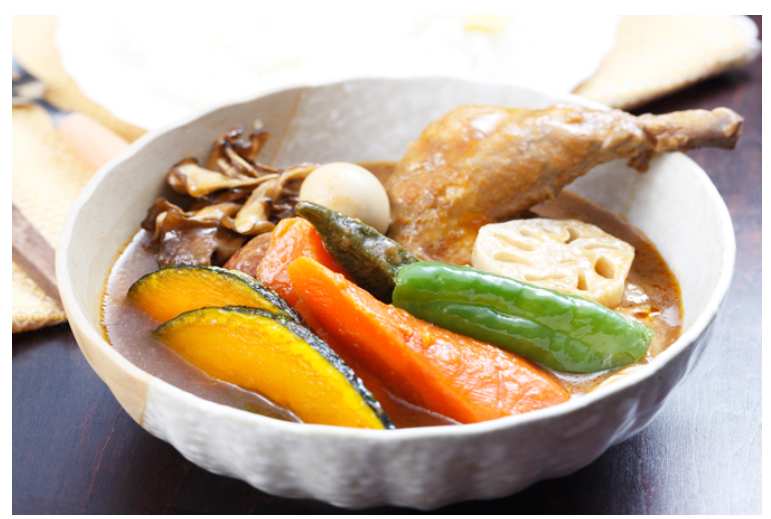
A smooth soup with plenty of vegetables. You can also customize it!
Nowadays, “soup curry” is known nationwide as one of Hokkaido’s soul foods. It is characterized by a smooth, spicy curry-flavored soup filled with fresh vegetables that are unique to Hokkaido.
The soup base varies depending on the store, from shrimp stock to pork bones. You can adjust the spiciness to your liking, and choose toppings such as vegetables, meat, and seafood. The wide range of combinations allows you to customize your bowl to your liking, which is one of the attractions. It’s also recommended for those who are concerned about nutritional balance, as you can easily get plenty of vegetables.
In addition to the restaurant’s basic menu, they often offer limited-time menu items that make use of seasonal ingredients, so be sure to check them out.
5th place: Obihiro Pork Bowl
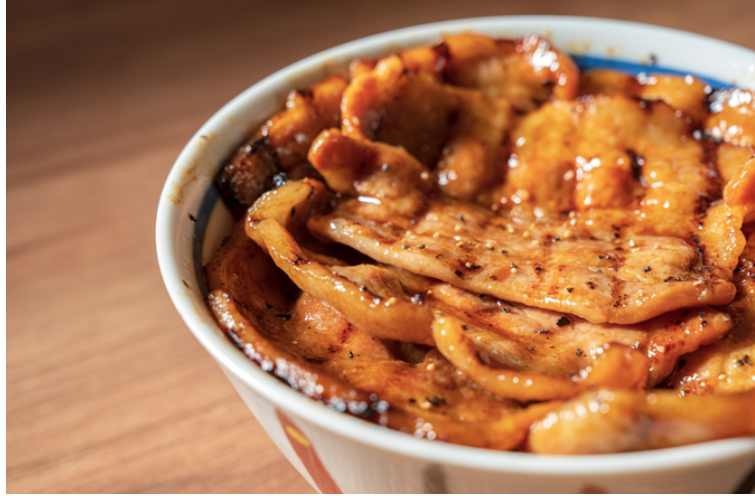
Charcoal grilled pork with sweet and spicy sauce goes great with rice!
“Butadon” is known as one of the representative local dishes of the Tokachi region. Pig farming is thriving in Obihiro city and pork is widely enjoyed, and it is said that the first generation of “Panchou”, which was founded in 1933 (Showa 8), came up with the idea of ”creating a dish unique to Tokachi that even ordinary people can enjoy.”
The pork cut used is usually loin, but some restaurants also offer belly meat, which allows you to enjoy the delicious fat, and even fillet. The meat is cooked on a grill, in a frying pan, or on a wire rack, and is very tender! The sweet and salty sauce, which varies slightly from restaurant to restaurant, coats the meat in a delicious sauce that goes well with rice.
There are many stores in the city where you will have to queue, so it’s recommended that you go with plenty of time.
6th place: Sapporo Night Parfait
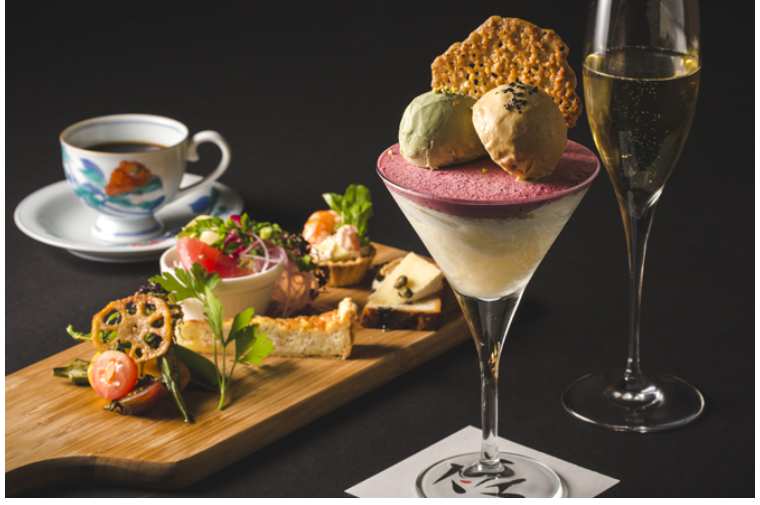
End your evening in Sapporo with a cute-looking parfait
In Susukino, a downtown area of Sapporo, there has long been a tradition of eating a parfait to finish off a night of drinking. This tradition has spread rapidly and in the last 10 years, it has come to be called “shime parfait,” a way to end the day, and has become established as a culture that many people can enjoy, including those who do not drink alcohol.
The combination of ingredients used in the parfaits is also full of the originality of the store, and they don’t just stick to Japanese and Western flavors, they also have parfaits that are designed to be enjoyed with alcohol. There are many parfaits that look great in photos!
If you’re the type who likes to finish off a drinking night with some ramen, be sure to try the “Shime Parfait” in Sapporo.
7th place: Muroran Yakitori
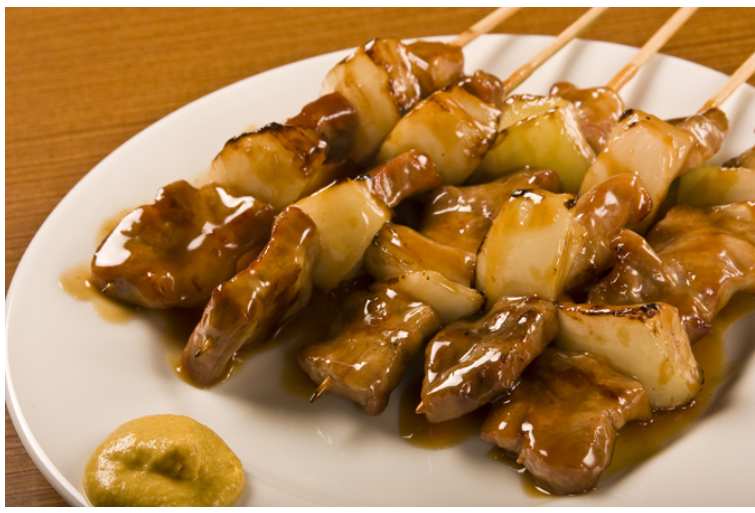
The Muroran way is to eat it with pork, onion, and western mustard!
Yakitori unique to Muroran is made using pork instead of chicken, skewered with onions and grilled. Since the beginning of the Showa era, skewers of pork offal and wild birds have been eaten at food stalls, and gradually pork, which is cheaper and easier to obtain than chicken, became “Muroran yakitori.”
Using onions instead of leeks is unique to Hokkaido, a major onion producing region. Also, eating it with western mustard is Muroran style. The reason for this is unclear, but there are various theories, including that it started as a dip for oden and tonkatsu.
Yakitori, which continued to support the workers of Muroran where the steel industry thrived, has firmly established itself as a taste of Muroran. The ratio of yakitori restaurants to the population is high, and it is no exaggeration to say that Muroran is “the city of yakitori.”
8th place: Hakodate Ramen
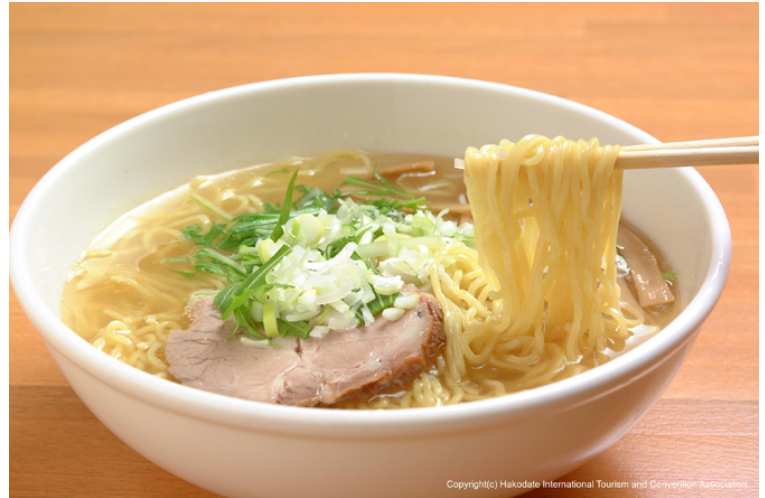
It features clear salty soup and thin straight noodles.
Shio ramen is one of Hakodate’s famous gourmet specialties. It is loved as one of Hokkaido’s representative ramen, along with Sapporo’s miso ramen and Asahikawa’s soy sauce ramen.
The most distinctive feature of Hakodate ramen is its clear, refreshing soup. Ingredients such as pork bones, chicken carcasses, kelp, and vegetables are slowly cooked to prevent cloudiness, bringing out the flavor. The resulting soup is light yet rich in flavor. It’s so delicious you’ll never tire of it, even if you drink it down to the last sip.
The noodles that go with the soup are mostly thin and straight, so you can enjoy a smooth texture that goes down easily.
In order to bring out the flavor of the soup, many restaurants keep the ingredients simple, such as roast pork, green onions, and naruto (fish paste fermented with soy sauce), so you can eat this old-fashioned, mild-tasting ramen all over the city.
9th place: Otaru Sushi
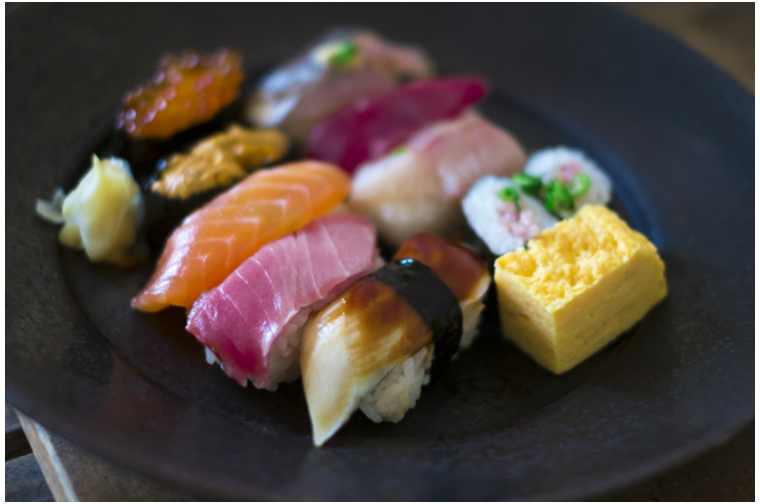
Artisanal techniques bring out the flavor of seasonal fish
Otaru, a sushi town with many sushi restaurants, was once a port town that prospered from herring fishing, and fresh seafood landed at the port was available in abundance. As skilled sushi chefs opened shops one after another, it is said that there were nearly 200 sushi restaurants in the city at its peak, and even today there is a street called “Otaru Sushi Street,” and you can eat delicious sushi all over the city.
The seafood caught in the waters off Otaru is characterized by its firmness and plenty of fat, thanks to the cold seawater. In addition, seafood caught on the Pacific coast of Hokkaido is easily available through markets, so the wide variety of toppings is also appealing.
Sea urchin fishing usually starts in mid-May, and mantis shrimp is also delicious in spring and autumn. There are also sushi restaurants that serve herring nigiri in February, so why not try this unique Otaru delicacy?
10th place: Otaru’s Ankake Yakisoba
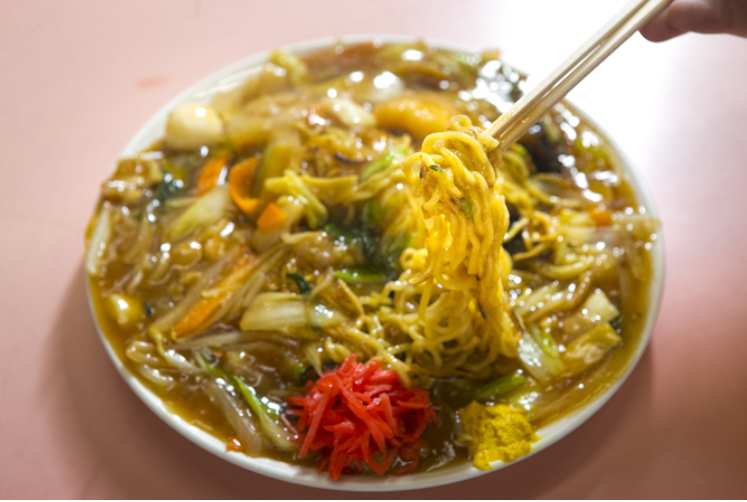
The thick sauce mixed with the noodles will keep you warm even in the cold winter!
“Ankake Yakisoba” has been loved by the people of Otaru for many years. It first started to be eaten in the city in the 1950s, and in the 2010s, Otaru began to actively promote it as part of its PR activities.
There is no clear definition of the noodles or ingredients used, but at many restaurants, the noodles are cooked until crispy when an order is placed and served with a soy sauce-based sauce containing plenty of ingredients such as squid, shrimp, pork, Chinese cabbage, and carrots.
The thickened filling keeps its temperature low, making it the perfect gourmet treat for Otaru’s cold winters. It is served not only in Chinese restaurants, but also in ramen shops, coffee shops, izakayas, and karaoke booths, so the ease of being able to go out and eat it whenever you want is also one of the reasons why it is so widely loved.
Try changing the flavor by adding a little vinegar halfway through to make it more refreshing, or adding lots of mustard, so you can enjoy it all the way to the very last bite.
Summary
Hokkaido is a vast place, so there are not only seafood and ramen, but also various local delicacies. The culture of the land is also an important spice hidden in the deliciousness, so let’s enjoy it!
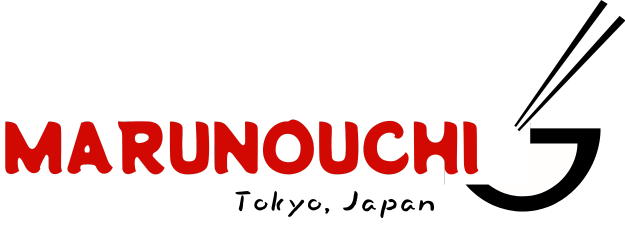
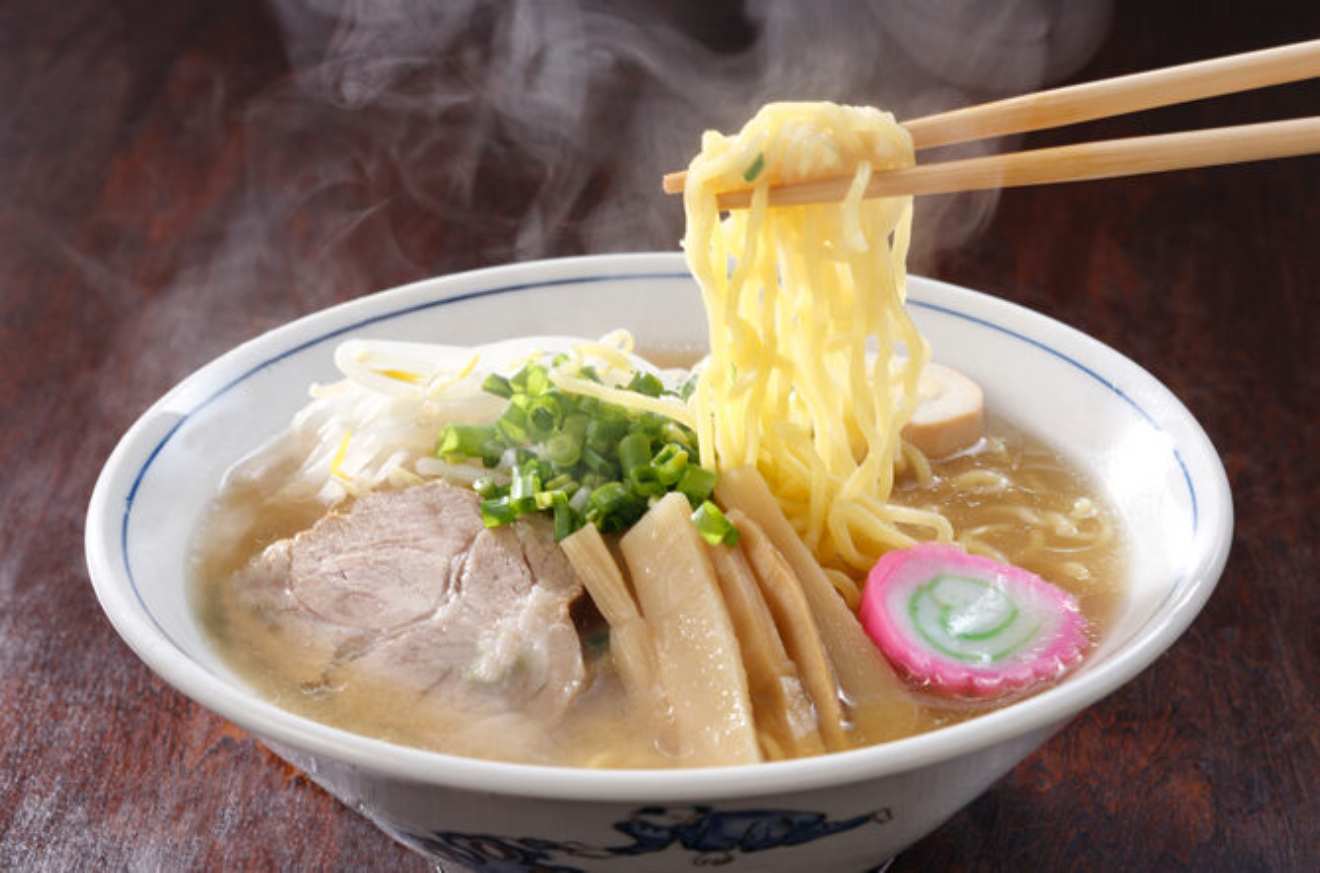

![[Nationwide] 36 recommended “winter wonders 2025” you must see at least once in Japan](https://marunouchi.top/wp-content/uploads/japan-snow.jpg)
Leave a Reply Cancel reply